
Ever had a car that feels like it’s already on its last leg at 60,000 miles? You’re not alone. While many modern vehicles swear they’ll love you to 200,000 miles and beyond, some models don’t even make it to 100,000 without a ‘dramatic’ anti-reliability performance. It’s a cruel twist of fate when your supposed chariot of freedom transforms into a money pit, leaving you stranded with a rapidly deflating bank account.
We live in an era where automotive engineering should have eliminated many catastrophic failures. Yet, history, and indeed recent history, is littered with engines and vehicles that seem designed to self-destruct before their odometers hit triple digits. These aren’t just minor inconveniences; we’re talking about powertrain meltdowns, electrical gremlins that defy exorcism, and fundamental design flaws that turn ownership into an expensive therapy session.
So, if you’re in the market for a used car, or simply curious about which mechanical nightmares to avoid, buckle up. We’re about to take a deep dive into some of the most infamous offenders – the engines and models that earned their reputation for unreliability the hard way. Consider this your definitive guide to avoiding automotive heartbreak before you even hit six figures on the clock.
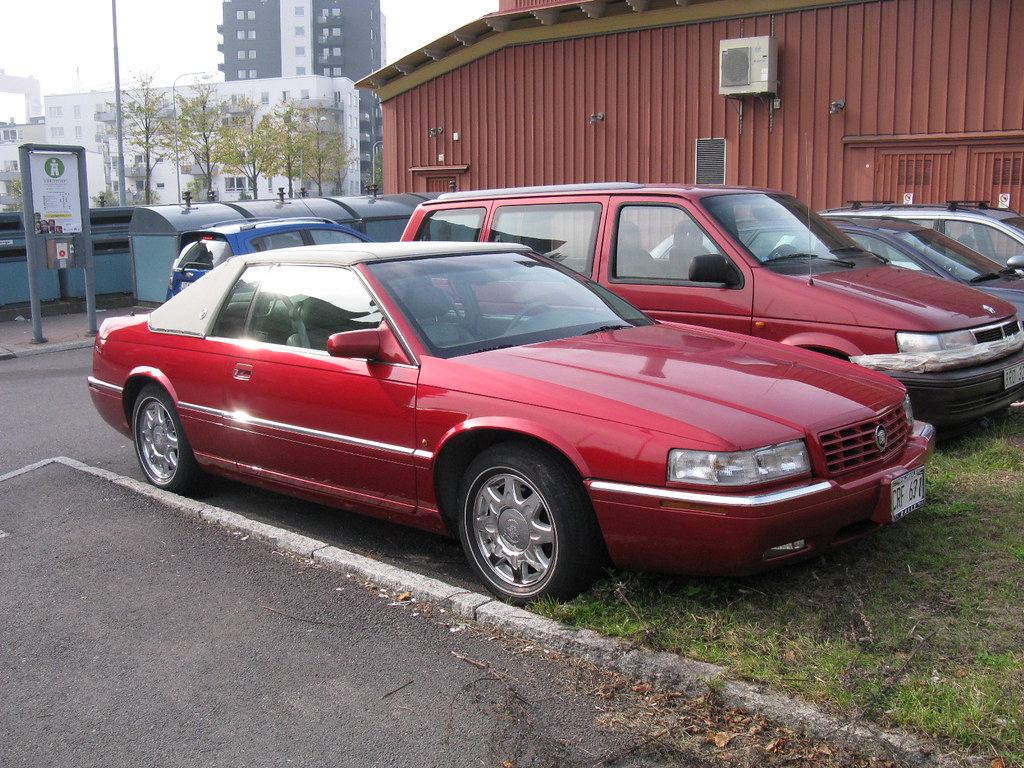
1. **Cadillac Northstar V8 (1993-2011)**Cadillac’s Northstar engine, an ambitious attempt at luxury performance, often delivered American repair frequency instead. Found in most Cadillac models through the 2000s, this engine was sophisticated on paper, promising power and refinement. However, its real-world performance was frequently overshadowed by its propensity for catastrophic failure, often before the 100,000-mile mark.
The core issue lay in the engine’s design: aluminum blocks combined with inadequate head bolts created a perfect storm for gasket failure. The materials and construction weren’t robust enough to handle the engine’s operating stresses over time. This flaw turned what should have been a premium experience into a persistent headache for owners.
The tell-tale signs of a failing Northstar were hard to miss, and often incredibly inconvenient. Overheating in traffic would become a regular occurrence, a clear signal of struggling thermal equilibrium. White exhaust smoke billowing from the tailpipe and mysteriously vanishing coolant confirmed expensive repairs were on the horizon.
Repairing a Northstar wasn’t just costly; it often required specialized approaches. Standard repairs frequently failed repeatedly, leading to a vicious cycle of mechanic visits. Permanent solutions often involved TimeSert repair kits or aftermarket head studs, showing the sophisticated repair approaches needed for lasting results.

2. **Hyundai/Kia Theta II 2.0L/2.4L (2011-2019)**The Hyundai/Kia Theta II 2.0L and 2.4L engines, prominent in models like Sonatas, Optimas, and Santa Fes from 2011 to 2019, became infamous for transforming cars into expensive paperweights. These engines suffered from manufacturing defects leading to significant internal problems. What started as a promising powertrain often culminated in complete engine failure before the 100,000-mile milestone.
The root of the problem was microscopic metal debris left during manufacturing. This debris, circulating within the engine, inevitably led to bearing failure. Engines would seize up while driving, often at highway speeds, presenting a dangerous and costly situation. It was a ticking time bomb, inherent from the factory floor.
Owners of affected vehicles typically noticed unsettling symptoms before engine failure. A persistent knocking sound during acceleration was a common red flag, indicating internal components struggling. Unexplained power loss also signaled something was gravely wrong. These warning signs often frustrated mechanics struggling to identify root causes.
The scale of this issue was so vast that recall rates “make social media apology tours look modest.” Hyundai and Kia eventually offered extended warranty coverage, reaching 10 years or 120,000 miles for affected vehicles. This underscored the severity of the defect and the need for immediate inspections if vehicles qualified.
Car Model Information: 2015 Hyundai SONATA SE
Name: Hyundai Sonata
Caption: 2024 Hyundai Sonata SEL (US)
Manufacturer: Hyundai Motor Company
Production: 1985–present
Class: Mid-size car
BodyStyle: sedan (automobile)
Layout: ubl
Predecessor: Hyundai Stellar
Categories: 1990s cars, 2000s cars, 2010s cars, 2020s cars, All Wikipedia articles written in American English
Summary: The Hyundai Sonata is a mid-size car that has been manufactured by Hyundai since 1985. The first generation Sonata, which was introduced in 1985, was a facelifted version of the Hyundai Stellar with an engine upgrade, and was withdrawn from the market in two years due to poor customer reaction. While the nameplate was originally only sold in South Korea, the second generation of 1988 was widely exported. The Sonata is currently manufactured in South Korea, China, and Pakistan. It was named after the musical term, sonata.
Get more information about: Hyundai Sonata
Buying a high-performing used car >>>
Brand: Hyundai Model: Sonata
Price: $10,485 Mileage: 59,515 mi.
_118TSI_station_wagon_(2011-04-22).jpg)
3. **Volkswagen 2.0L TSI (2008-2013)**Volkswagen’s 2.0L TSI engine, found in a wide array of VW and Audi models from 2008 to 2013, represented an engineering leap that, unfortunately, was taken too far. This powerplant quickly gained a notorious reputation for one specific, utterly catastrophic flaw: its timing chain tensioner. What seemed like a minor component became the Achilles’ heel for countless owners.
The fundamental design of the original timing chain tensioner in these engines was prone to failure. Unlike many engine issues that provide gradual degradation, this flaw had a terrifying characteristic: potential catastrophic failure without any warning signals. Owners would simply be driving along, then suddenly the timing chain would jump.
This moment of silence was quickly followed by a violent internal meeting of valves and pistons, resulting in extensive and often irreparable engine damage. The consequence was always the same: a complete engine rebuild was suddenly, and expensively, on the agenda. Engine reconstruction costs easily climbed north of $4,000.
The practical edge here is critical for any owner or prospective buyer. While the failure mode provided no warning, preventative action was, and still is, possible. The context explicitly mentions that an “$800 preventative tensioner replacement beats paying $4,000+ for engine reconstruction.” Scheduling this repair immediately is a matter of financial survival.
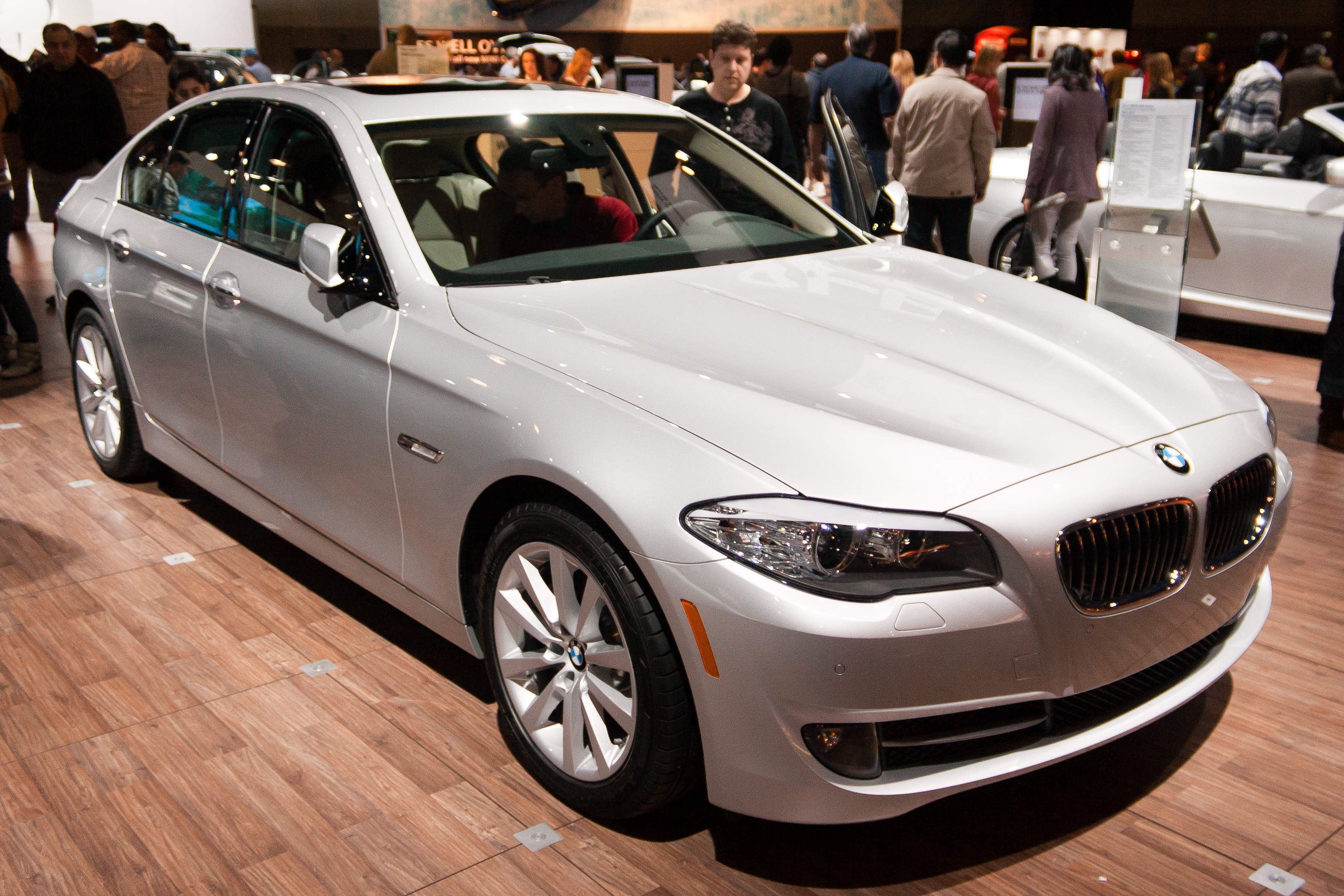
4. **BMW N63 4.4L Twin-Turbo V8 (2008-present)**BMW’s N63 4.4L Twin-Turbo V8 engine, a powerhouse in 5, 6, 7 Series, and X5/X6 models from 2008, certainly delivers impressive power. It propels these luxury vehicles with thrilling urgency, embodying BMW’s performance reputation. However, this potent V8 also has a darker side: it often burns oil faster than your wallet empties at the gas pump.
The primary culprit behind this engine’s notoriety is its valve stem seals. These critical components, designed to prevent oil from entering the combustion chamber, have predictable failure regularity, typically around 60,000 miles. When they fail, the engine consumes an alarming amount of oil, often more than one quart per 1,000 miles.
Owners start noticing several tell-tale signs as valve stem seals deteriorate. Ticking sounds from the valve area are a clear indicator that trouble is brewing. Excessive oil consumption and mysterious disappearing fluids from the engine bay directly point toward the failing seals. These are symptoms of a significant internal issue.
Repair bills for these valve stem seal failures are eye-watering, often hovering around the $7,000 mark. This substantial cost highlights the complex nature of the engine and the labor-intensive repair. Given the high probability of failures and exorbitant costs, the “smart money leases these vehicles and returns them before warranty expires,” leaving expensive surprises for the next owner.
Car Model Information: 2019 BMW X5 xDrive40i
Name: BMW X5
Manufacturer: BMW
Class: Mid-size,luxury vehicle,crossover SUV
BodyStyle: SUV
Production: 1999–present
Layout: Front-engine, four-wheel-drive layout,Front-engine, rear-wheel-drive layout
Categories: 2000s cars, 2010s cars, All-wheel-drive vehicles, All articles with unsourced statements, Articles with short description
Summary: The BMW X5 is a mid-size luxury crossover SUV produced by BMW. The X5 made its debut in 1999 as the E53 model. It was BMW’s first SUV. At launch, it featured all-wheel drive and was available with either a manual or automatic gearbox. The second generation was launched in 2006, and was known internally as the E70. The E70 featured the torque-split capable xDrive all-wheel drive system mated to an automatic gearbox. In 2009, the X5 M performance variant was released as a 2010 model.
BMW marketed the X5 officially as a “Sports Activity Vehicle” (SAV), rather than an SUV, to indicate its on-road handling capability despite its large dimensions. The X5 signaled a shift away from the utilisation of body-on-frame construction, in favour of more modern monocoque chassis construction. Although the Mercedes-Benz M-Class was introduced more than a year prior to the X5, the X5 was the first to utilise a monocoque chassis. The M-Class used body-on-frame construction until its second generation.
The X5 is primarily manufactured in North America, at BMW Group Plant Spartanburg. Assembly operations also took place in Russia by Avtotor until February 2022, along with operations in India, Indonesia, Malaysia, and Thailand. The X5 is also modified for armoured security versions, at the BMW de México Toluca plant.
The automaker’s SAV series, which was started by the X5, has expanded with derivations of other number-series BMWs. This began in 2003 with the X3, and continued in 2008 with the X6 (which shares its platform with the X5).
Get more information about: BMW X5
Buying a high-performing used car >>>
Brand: BMW Model: X5
Price: $26,973 Mileage: 72,101 mi.
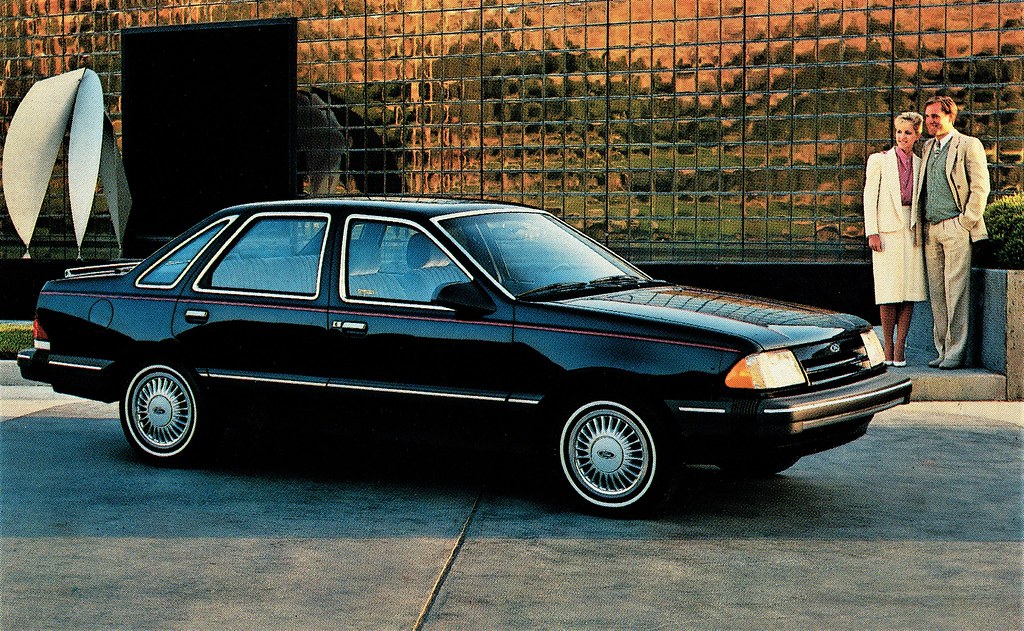
5. **Ford 5.4L Triton 3-Valve V8 (2004-2010)**The Ford 5.4L Triton 3-Valve V8 engine, common in F-150s and Expeditions from 2004 to 2010, became infamous for engineering choices that seemed maliciously designed to inconvenience mechanics. This engine presented unique challenges, turning routine maintenance into a dreaded, complex, and costly ordeal. It truly tested the patience of those tasked with keeping it running.
The most notorious issue revolved around the spark plugs. Ford’s design meant these plugs had a distressing tendency to break during removal. What should have been a straightforward swap often devolved into a painstaking process requiring special extraction tools, and frequently, thread repair work. This was a consistent, widely reported problem, adding significant labor and cost to a simple tune-up.
Beyond the spark plug saga, the 5.4L Triton also suffered from regularly failing cam phasers. These components, critical for variable valve timing, would deteriorate, creating distinctive ticking sounds at idle. This ticking wasn’t just an auditory annoyance; it was a clear warning signal of impending performance issues and potential engine damage. Rough running and check engine lights frequently accompanied these issues.
For owners, this engine demanded preventative action. The context advises considering preventative cam phaser replacement around 100,000 miles to proactively avoid roadside failures. Addressing the spark plugs required not just specialized tools, but also “abundant patience” – a clear indication of the frustration these components caused. This engine was a harsh lesson in how minor design decisions can ripple into major long-term maintenance headaches.
Car Model Information: 2021 Ford F-150 XL
Name: Ford F-Series
Caption: 2022 Ford F-150 Lariat Luxury
Manufacturer: Ford Motor Company
Aka: Ford Lobo (Mexico, 1992–present)
Production: 1948–present
Class: Pickup truck#Full-size pickup truck
Layout: Front-engine, rear-wheel-drive layout,rear-wheel drive
Predecessor: 1941 Ford
Categories: All-wheel-drive vehicles, All Wikipedia articles written in American English, All articles that may contain original research, All articles with unsourced statements, Articles that may contain original research from September 2020
Summary: The Ford F-Series is a series of light-duty trucks marketed and manufactured by the Ford Motor Company since model year 1948 as a range of full-sized pickup trucks — positioned between Ford’s Ranger and Super Duty pickup trucks. Alongside the F-150 (introduced in 1975), the F-Series also includes the Super Duty series (introduced in 1999), which includes the heavier-duty F-250 through F-450 pickups, F-450/F-550 chassis cabs, and F-600/F-650/F-750 Class 6–8 commercial trucks.
Get more information about: Ford F-Series
Buying a high-performing used car >>>
Brand: Ford Model: F-150
Price: $25,099 Mileage: 48,647 mi.

6. **Mazda Renesis Rotary Engine (2003-2012)**The Mazda Renesis Rotary Engine, the beating heart of the iconic RX-8 from 2003 to 2012, was a brilliant concept. This unique powerplant eschewed conventional pistons for a triangular rotor, delivering high-revving, smooth power that enamored enthusiasts. However, the brilliance of the concept was often met with deeply flawed execution in long-term reliability.
One fundamental characteristic of the Renesis was its design-intended oil consumption. Unlike piston engines, rotaries naturally consume oil for lubrication and sealing, often surprising unsuspecting owners. More critically, the engine’s apex seals, vital for maintaining compression, failed with concerning regularity, undermining the engine’s longevity.
Signs of apex seal deterioration were clear to rotary enthusiasts. Difficulty starting when warm was a primary indicator, signaling compression loss. As the problem progressed, owners experienced noticeable power loss and an alarming increase in oil consumption. These symptoms confirmed failing apex seals, notoriously expensive and complex to replace.
For RX-8 owners, living with a Renesis meant budgeting for regular, significant maintenance. Owners should “budget rebuild costs every 80,000 miles and carry spare oil everywhere.” Premixing fuel with two-stroke oil was a strategy to extend apex seal life between major services. This highlights the engine’s temperamental nature and the lengths owners went to keep it alive.
Car Model Information: 2008 Mazda RX-8 40th Anniversary Edition
Name: Mazda RX-8
Manufacturer: Mazda
Production: February 2003 – June 2012
Assembly: Hiroshima
Class: Sports car
BodyStyle: Quad coupé
Related: Mazda MX-5 (NC)
Layout: Front-engine, rear-wheel-drive layout#Front mid-engine, rear-wheel-drive layout
ModelCode: List of Mazda model codes#Model codes
Designer: Ikuo Maeda,Wu-Huang Chin (interior designer)
Engine: Mazda Wankel engine#13B-MSP Renesis,Wankel engine
Powerout: convert
Transmission: Manual transmission,6-speed manual,Jatco JR405E transmission,6-speed automatic
Wheelbase: 2703 mm
Abbr: on
Length: 2003–2008: {{convert,4425,mm,in,1,abbr=on
Width: 1770 mm
Height: 1340 mm
Weight: Manual models: {{convert,1309,-,1373,kg,lb,0,abbr=on
Predecessor: Mazda RX-7
ModelYears: 2003–2012
Doors: Car door#Conventional
Categories: 2010s cars, All Wikipedia articles written in American English, All articles with failed verification, All articles with unsourced statements, Articles with failed verification from November 2019
Summary: The Mazda RX-8 is a sports car manufactured by Japanese automobile manufacturer Mazda between 2003 and 2012. It was first shown in 2001 at the North American International Auto Show. It is the direct successor to the RX-7. Like its predecessors in the RX range, it is powered by a rotary Wankel engine. The RX-8 was available for the 2003 model year in most parts of the world.
The Mazda RX-8 utilizes a rotary Wankel engine, and the non-reciprocating piston engine uses a triangular rotor inside a near oval housing, producing from 141 kW (189 hp) and 164 lb⋅ft (222 N⋅m) of torque, to 177 kW (237 hp) and 159 lb⋅ft (216 N⋅m) of torque from launch.
The RX-8 was discontinued for the 2012 model year without a successor. It was removed earlier from the European market in 2010 after the car failed to meet emissions standards. Due to falling sales from Europe coupled with rising yen prices, Mazda could not justify the continued sale of the RX-8 in other markets. 192,094 units were produced during its nine-year production run.
Get more information about: Mazda RX-8
Buying a high-performing used car >>>
Brand: Mazda Model: RX-8
Price: $20,997 Mileage: 23,405 mi.
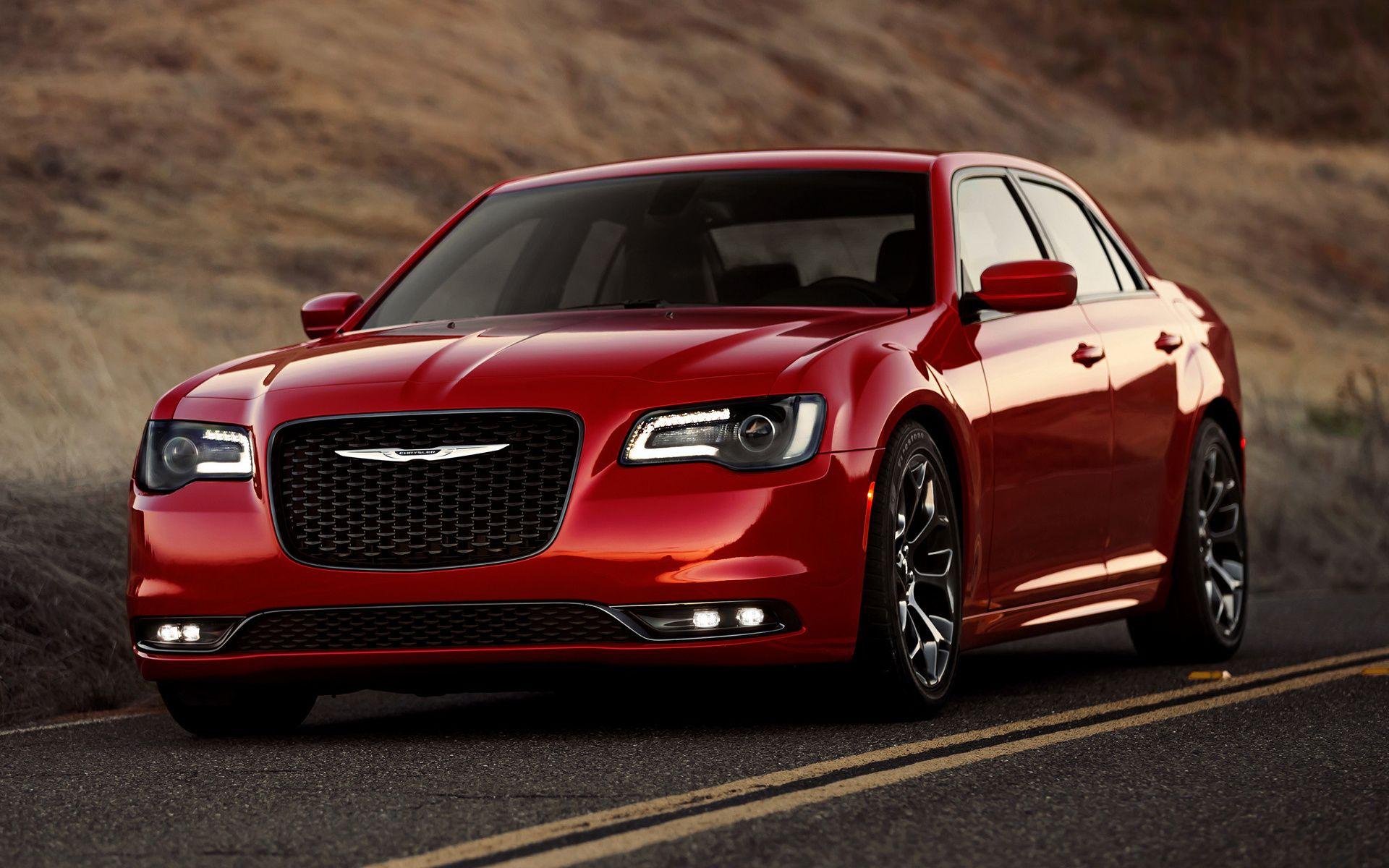
7. **Chrysler 2.7L V6 (1998-2010)**The Chrysler 2.7L V6 engine, found in models like the Sebring, Intrepid, and Charger from 1998 to 2010, carved out an infamous niche. This engine was practically doomed from its inception due to a critical design flaw involving its oil passages. What seemed like a minor detail became a monumental problem, turning a reliable V6 into a sludgy nightmare.
The fundamental issue was the size of these oil passages; they were “smaller than smartphone charging ports.” This minuscule sizing, combined with typical motor oil properties, meant the engine had an inherent predisposition to transforming vital lubricant into thick sludge. This sludge would then clog those already undersized pathways, blocking essential lubrication.
As lubrication pathways became restricted, the engine protested unmistakably. Ticking noises from the engine bay were a clear announcement that oil starvation was in progress. These sounds were often followed by warning lights for oil pressure, though by then, significant damage often had already occurred. Owners also noted reduced performance.
The only real defense against this inevitable sludge buildup was extraordinarily diligent maintenance. “Religious oil changes every 3,000 miles with full synthetic” were virtually the only way to try and mitigate the engine’s inherent design flaw. This rigorous schedule was far more demanding, highlighting the severe challenge this 2.7L V6 posed to its owners.
Continuing our journey through automotive unreliability, we’re diving deeper into some additional engines renowned for their premature breakdowns. These aren’t just minor hiccups; we’re talking about fundamental design flaws, perplexing mechanical maladies, and the kind of repair bills that make your eyes water. So, if you’re still on the hunt for a reliable ride, or just morbidly curious about which engines to actively run away from, let’s keep going.
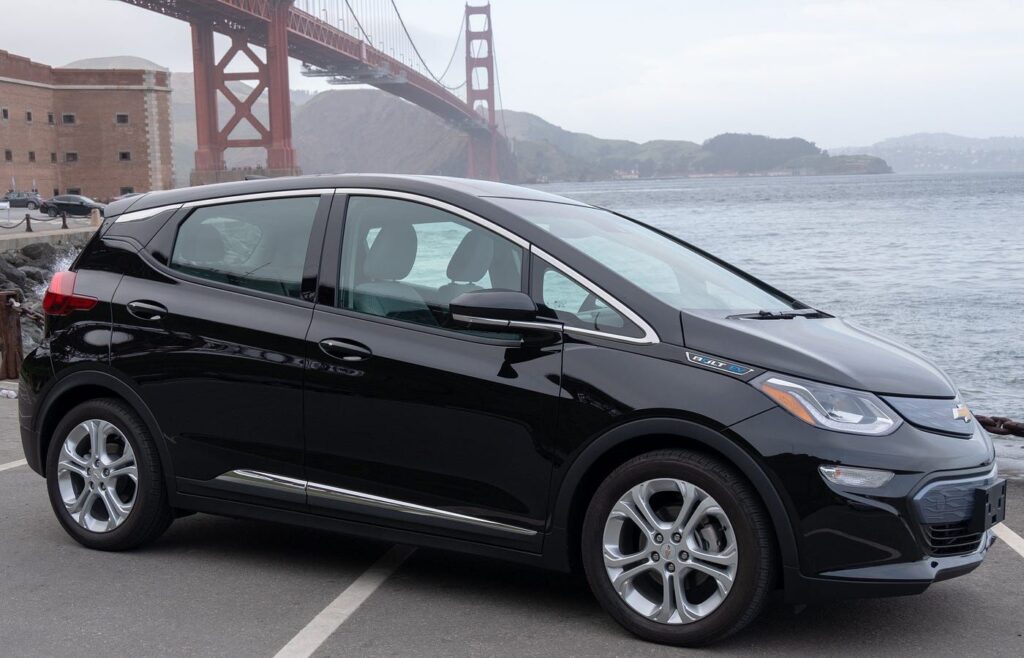
8. **GM 3.6L VVT (2004-2011)**General Motors’ 3.6L VVT engine, a common sight under the hoods of popular models like the Cadillac CTS, Chevrolet Camaro, and various other GM vehicles from 2004 to 2011, initially seemed like a promising blend of power and efficiency. However, the sophisticated Variable Valve Timing system introduced a layer of complexity that, unfortunately, GM couldn’t quite perfect from the get-go. This engine became notorious for its timing chains.
The core issue was that these timing chains, critical components for the engine’s operation, had an unfortunate habit of stretching beyond acceptable limits over time. This wasn’t a gradual, gentle wear; it was a degradation that led to serious timing discrepancies, directly impacting the engine’s performance and longevity. A component designed for precision instead became a source of significant mechanical headaches.
Owners of vehicles equipped with this 3.6L VVT often started to notice tell-tale signs of impending failure. A rough idle, for instance, became an all too common symptom, indicating that the engine’s internal rhythm was off. Timing-related fault codes would also illuminate the check engine light, sending worried owners to their mechanics. Perhaps the most alarming sign was a distinct rattling noise emanating from the engine’s front end, a clear signal that the timing chains were protesting loudly.
If you heard that rattling, you knew trouble was brewing, and it required immediate attention. Waiting around, hoping the noise would magically disappear, only guaranteed more extensive internal damage as the stretched chains continued their destructive dance. The practical advice here is crystal clear: address any timing chain noise promptly if you want to avoid a complete, and prohibitively expensive, engine reconstruction. Trust us, your wallet will thank you.
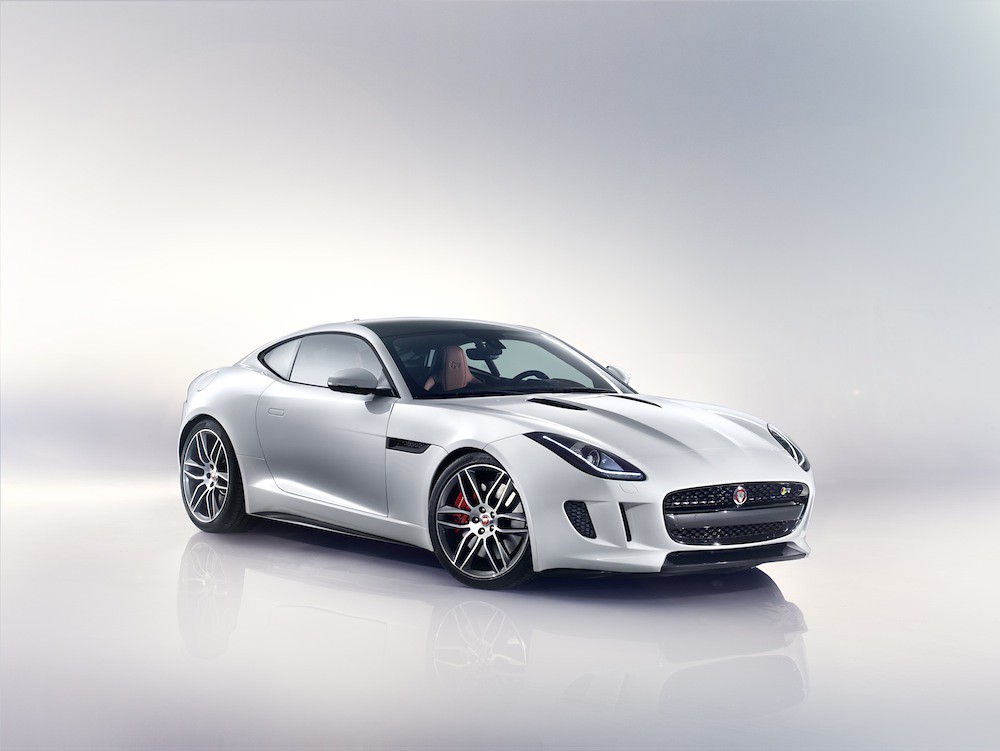
9. **Jaguar/Land Rover AJ133 5.0L V8 (2009-2019)**Ah, the roar of a supercharged V8! The Jaguar/Land Rover AJ133 5.0L V8, nestled in the likes of Range Rovers, Range Rover Sports, and the thrilling Jaguar F-Types from 2009 to 2019, delivers exhilarating performance. Yet, like a charismatic villain, this engine possesses a fatal flaw. Its Achilles’ heel is a poorly positioned water pump, an engineering misstep that transforms a premium experience into a wet nightmare.
When these water pumps inevitably spring a leak—and the context makes it clear, they *will* leak—the coolant doesn’t just drip harmlessly onto the pavement. Instead, it seeps directly onto critical electrical components lurking below. This seemingly minor plumbing issue creates a domino effect, leading to widespread electrical gremlins that can plague the entire vehicle’s systems. It’s like throwing a bucket of water on your laptop; things are bound to get weird.
Compounding this watery woe are the timing chain guides, which decide to throw in the towel independently. These components, vital for the engine’s precise operation, can fail on their own schedule, leading to further internal mayhem. The combination of coolant loss, engine overheating, and a multiplying array of check engine lights confirms that water damage is spreading and your luxury vehicle is slowly becoming an expensive electrical mess.
So, what’s a discerning owner to do? The smart money says to replace those water pumps preventatively, ideally around every 60,000 miles, regardless of whether they appear to be failing. It’s a bitter pill to swallow for a luxury vehicle, but ignoring it ensures a much larger, more expensive headache. You’re essentially paying to avoid a future where your premium SUV acts like a haunted house on wheels.
Car Model Information: 2015 Jaguar F-TYPE R
Name: Jaguar F-Type (X152)
Caption: Jaguar F-Type R-Dynamic coupé
Manufacturer: Jaguar Land Rover
ModelCode: X152
Aka: Lister LFT
Production: 2013–2024
ModelYears: 2014–2024
Assembly: Birmingham,England
Designer: Ian Callum,César Pieri (Project 7)
Class: Sport car
BodyStyle: unbulleted list
Platform: Jaguar Land Rover car platforms#D6a
Related: Jaguar C-X16
Layout: Front-engine, rear-wheel-drive layout
Engine: ubl
Powerout: ubl
Abbr: on
Transmission: ubl
Wheelbase: Convert
Length: 4470 mm
Width: 1923 mm
Height: 1308 mm
Weight: convert
Sp: uk
Predecessor: Jaguar XK
Categories: All Wikipedia articles written in British English, All articles with failed verification, All articles with unsourced statements, Articles with failed verification from April 2025, Articles with short description
Summary: The Jaguar F-Type (X152) is a series of two-door, two-seater sports cars manufactured by British car manufacturer Jaguar Land Rover under their Jaguar Cars marque from 2013 to 2024. The car’s JLR D6a platform is based on a shortened version of the XK’s platform. It is the so-called “spiritual successor” to the E-Type.
The car was launched initially as a 2-door soft-top convertible, with a 2-door fastback coupé version launched in 2013. The F-Type underwent a facelift for the 2021 model year. It was unveiled in December 2019, featuring a significantly restyled front end and dashboard, and simplified drivetrain options. Jaguar announced that the F-Type will be discontinued after the 2024 model year. Production ended in June 2024, by which time 87,731 examples had been built.
Get more information about: Jaguar F-Type
Buying a high-performing used car >>>
Brand: Jaguar Model: F-Type
Price: $47,591 Mileage: 15,327 mi.

10. **Toyota 3VZ-FE V6 (1988-1995)**Toyota, the paragon of reliability, occasionally fumbled the ball, and the 3VZ-FE V6 engine is a prime example. Found in early 4Runners, Camrys, and pickups from 1988 to 1995, this V6 features what can only be described as a significant head gasket design flaw. It’s a stark reminder that even the best can have an off day, or in this case, a design oversight.
The problem specifically targeted the coolant passages within the head gasket, which weren’t up to the task. This fundamental weakness meant that the cylinder heads were prone to warping due to uneven cooling, leading to complex repair scenarios that even seasoned mechanics found challenging. It’s not just a blown gasket; it’s a warped engine component, which is a much pricier and more intricate fix.
Owners often experienced classic signs of this deep-seated issue. Overheating, particularly when tackling hill climbs or under heavy loads, became a frustratingly common occurrence. White exhaust smoke, often sweet-smelling due to burning coolant, was a clear and unambiguous signal of a compromised head gasket. And if your coolant reservoir mysteriously emptied without any visible external leaks, you could bet the farm that internal issues were at play.
When it comes to replacement, going cheap simply isn’t an option. Professional head machining is absolutely essential to ensure a perfectly flat surface, and updated multi-layer steel gaskets are the only way to prevent repeat failures. This isn’t a DIY job; it’s a mission for experienced hands. So, if you’re eyeing one of these Toyota classics, be prepared to budget for this critical, high-quality repair to truly make it dependable.
Car Model Information: 2023 Toyota 4Runner TRD Off Road
Name: Toyota 4Runner
Caption: 2025 Toyota 4Runner, TRD Sport trim
Manufacturer: Toyota
Aka: Toyota Hilux Surf (Japan, 1983–2009)
Production: October 1983 – present
ModelYears: 1984–present (US)
Class: unbulleted list
Layout: unbulleted list
Chassis: Body-on-frame
Successor: unbulleted list
Categories: 1990s cars, 2000s cars, 2010s cars, 2020s cars, All-wheel-drive vehicles
Summary: The Toyota 4Runner is an SUV manufactured by the Japanese automaker Toyota and marketed globally since 1984, across six generations. In Japan, it was marketed as the Toyota Hilux Surf and was withdrawn from the market in 2009. The original 4Runner was a compact SUV and little more than a Toyota Hilux pickup truck with a fiberglass shell over the bed, but the model has since undergone significant independent development into a cross between a compact and a mid-size SUV. All 4Runners have been built in Japan at Toyota’s plant in Tahara, Aichi, or at the Hino Motors (a Toyota subsidiary) plant in Hamura. The name “4Runner” was created by copywriter Robert Nathan with the Saatchi & Saatchi advertising company as a play on the term “forerunner”. The agency held contests to invent new names for Toyota’s forthcoming vehicles. According to Toyota, the “4” described the vehicle’s 4-wheel drive system while “Runner” was a reference to its all-terrain capabilities and how it could “run” off-road. For some markets, the Hilux Surf was replaced in 2005 by the lower cost but similar Fortuner, which is based on the Hilux platform. As of 2021, the 4Runner is marketed in the Bahamas, Bolivia, Canada, Chile, Colombia, Costa Rica, El Salvador, Guatemala, Panama, Peru, the United States and Venezuela. Many markets that did not receive the 4Runner, such as Europe and the Middle East, instead received the similarly designed Land Cruiser Prado, another SUV that shared many of the same components. The 4Runner came in at number five in a 2019 study by iSeeCars.com ranking the longest-lasting vehicles in the US. The 4Runner had 3.9 percent of vehicles over 200,000 miles (320,000 km), according to the study.
Get more information about: Toyota 4Runner
Buying a high-performing used car >>>
Brand: Toyota Model: 4Runner
Price: $43,495 Mileage: 35,584 mi.

11. **Yugo 1.1L Inline-4 (1985-1992)**Ah, the Yugo 1.1L Inline-4. This engine, powering the infamous Yugo from 1985 to 1992, wasn’t just ‘prone to failure’; it was practically designed *to be* a failure. It was Fiat-derived engineering, sure, but then it met questionable manufacturing practices, creating a recipe for automotive suffering in a conveniently compact form. We’re talking about an engine that barely qualified for the title.
The overarching issue was a perfect storm of poor materials and even worse assembly quality. Every component seemed to be a compromise, leading to engines that, right from the factory, were barely functional. The Yugo’s operational condition itself served as a constant, blaring warning sign of impending doom. It didn’t have symptoms; the entire engine *was* the symptom.
Seriously, there weren’t specific noises or diagnostic codes to look out for because the whole damn thing was a continuous, rolling mechanical disaster. If it was running, that was merely a temporary reprieve before its next inevitable breakdown. To put it bluntly, owning a Yugo was less about transportation and more about an ongoing, public experiment in automotive masochism.
What’s the practical advice for this one? The context succinctly suggests that “Museum donation provides more value than continued operation.” And honestly, that’s not even a joke. If you stumble across a Yugo, consider it a historical curiosity rather than a functional vehicle. Literally, any other car choice, no matter how humble, offered superior reliability and performance. This wasn’t just an engine; it was a cautionary tale wrapped in sheet metal.
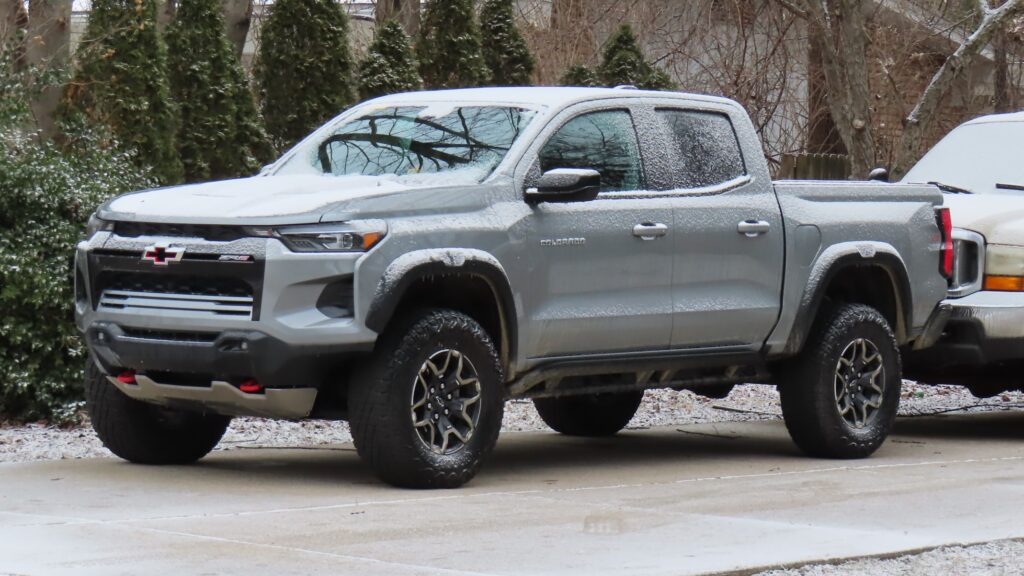
12. **GM 1.4L Turbo Ecotec (2011-2019)**For Chevy Cruze, Sonic, and Trax owners from 2011 to 2019, the GM 1.4L Turbo Ecotec engine often presented a harsh truth: small displacement plus turbocharging frequently equaled multiple, significant problems. This engine, designed for efficiency, turned out to be a complex web of vulnerabilities, leaving many owners scratching their heads and reaching for their wallets.
One of its major Achilles’ heels was the PCV (Positive Crankcase Ventilation) system. When this system failed, which it did with alarming regularity, it led directly to excessive oil consumption. It’s never a good sign when your engine drinks oil faster than you can pour it in, and this became a common, frustrating reality for many Ecotec owners.
Adding to the woes, the turbochargers themselves had a notorious habit of quitting around the 70,000-mile mark. What’s the point of having a peppy little turbo if it decides to pack up its bags and leave before you even hit six figures on the odometer? Whistling noises from under the hood and perpetually lit check engine lights became routine occurrences, signaling that trouble was definitely brewing.
As these problems developed, owners often experienced a noticeable power loss alongside the increasing oil consumption. The practical takeaway here is crucial: replace PCV valves and covers as soon as the very first symptoms appear. Delaying this relatively minor repair can quickly escalate into far costlier turbocharger damage, transforming this tiny engine into a compact package of big repair bills.
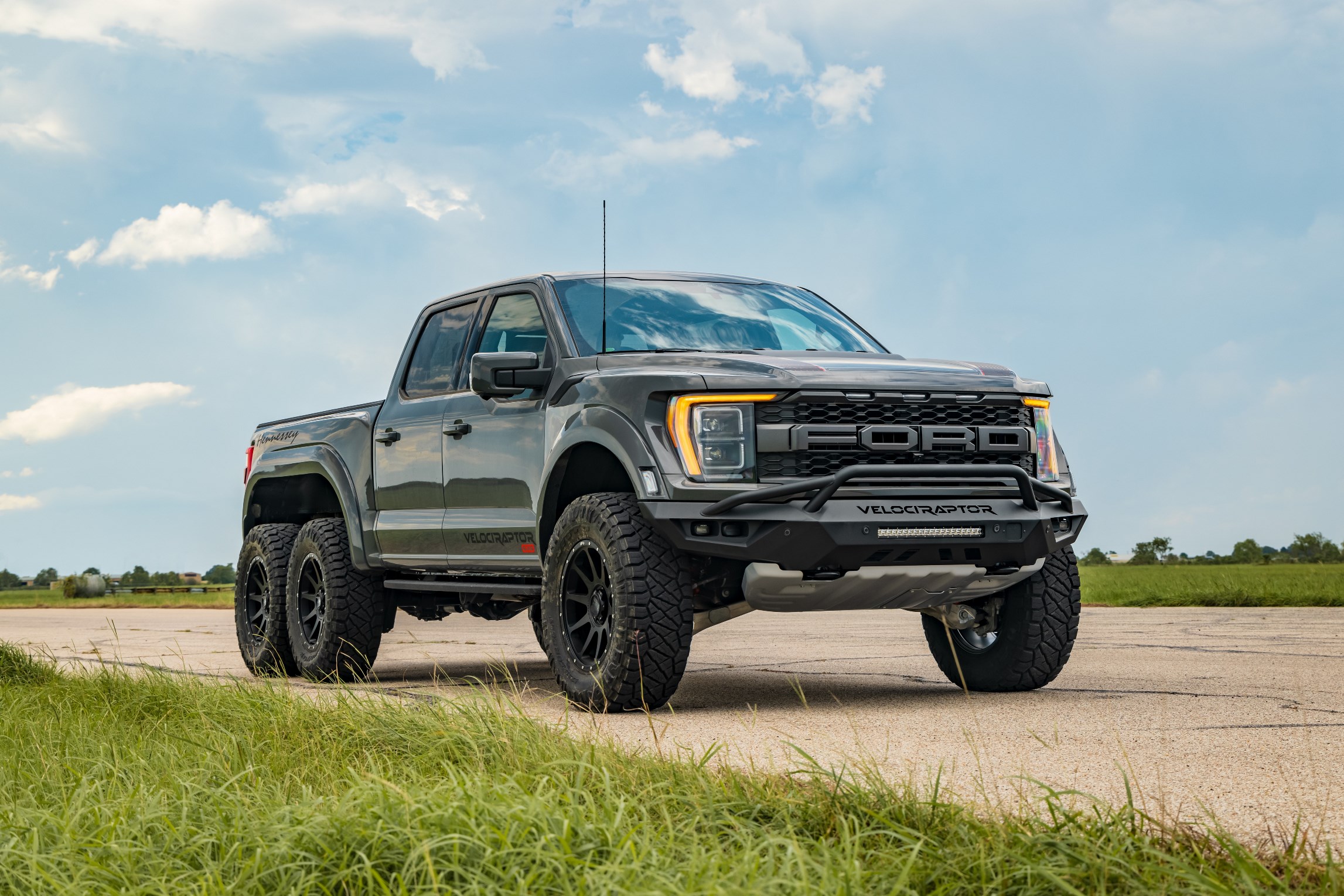
13. **Ford 4.0L Cologne V6 (1997-2010)**The Ford 4.0L Cologne V6, a steadfast workhorse in popular models like the Ranger, Explorer, and Mustang from 1997 to 2010, had a reputation for ruggedness. However, its timing chains and guides were apparently constructed from materials only slightly stronger than aged cheese. This seemingly minor component choice proved to be a catastrophic design flaw that would haunt countless owners.
The plastic timing chain guides, critical for keeping the chains in proper tension, had a disheartening tendency to deteriorate over time. As these guides crumbled, the timing chains would lose tension, slapping against the timing covers with an alarming cacophony. Eventually, if ignored, these chains would jump timing entirely, leading to severe and often irreparable engine damage.
Owners typically reported a distinct rattling sound at startup, which, somewhat misleadingly, would often disappear once the engine warmed up. This temporary silence was a dangerous lull before the storm. Following this, check engine lights would illuminate, accompanied by rough running, clear indicators that the timing chain stretch was reaching critical levels. It’s the kind of noise you should never ignore.
For those running these engines, preventative service is not just recommended, it’s practically mandatory. The context suggests that a $1,200 preventative service around 100,000 miles is far superior to facing $4,000+ engine replacement costs down the line. The wisdom is clear: address those rattling sounds immediately rather than hoping they magically resolve themselves, because they absolutely will not.
Car Model Information: 2021 Ford Ranger XLT
Categories: All set index articles, Articles with short description, Cars introduced in 1982, Commons category link from Wikidata, Ford vehicles
Summary: The Ford Ranger is a compact or mid-size pickup marketed globally by Ford over a series of generations, varying between both in-house or outside development and manufacturing — and with a hiatus in North America from 2011–2018.
Debuting as a compact pickup in North America in 1982 for the 1983 model year, the Ranger was later introduced in some South American countries. From 1998 to 2011, the Ranger nameplate was used for models developed by Mazda for sale outside the North American market. In 2011, Ford introduced the first Ranger based on the T6 platform. Considered a mid-size pickup truck, the model was developed in-house by Ford Australia. In that same year, the North American-market Ranger was discontinued, leaving the T6 platform-based Ranger as the sole Ranger model worldwide.
For the 2019 model year, the Ranger was reintroduced in North America using the globally-marketed T6 model. It is manufactured at the Michigan Assembly Plant at Wayne, Michigan. The Ranger is smaller than the F-150 and larger than the Maverick in the Ford North American pickup truck range, while for markets outside the Americas it is typically the only Ford pickup offered for sale.
The second generation of the T6-based Ranger was released in 2021 for worldwide markets, using a revised T6 platform.
Get more information about: Ford Ranger
Buying a high-performing used car >>>
Brand: Ford Model: Ranger
Price: $28,099 Mileage: 47,882 mi.

14. **Subaru EJ25 Boxer Engine (1996-2019)**The Subaru EJ25 Boxer Engine, a distinctive feature in beloved models like Foresters, Outbacks, and Imprezas from 1996 to 2019, has become an automotive legend, though perhaps not for the reasons Subaru intended. Its head gasket failures are etched into the collective memory of mechanics and owners alike, for good reason. This horizontally opposed engine, while offering a unique driving dynamic, had a notorious propensity for weeping.
Specifically, the EJ25 had a penchant for weeping oil and coolant between the cylinder heads and the engine block, typically around the 100,000-mile mark. This wasn’t just a minor leak; it signified a fundamental breakdown in the sealing integrity, allowing vital fluids to intermix or escape. It was a ticking time bomb of a problem, waiting for its odometer cue.
The warning signs of a failing EJ25 head gasket became almost iconic to Subaru enthusiasts. A sweet-smelling white smoke wafting from the exhaust pipe was a clear, if somewhat poetic, announcement of burning coolant. Bubbling coolant reservoirs and the mysterious disappearance of fluid, despite no visible external leaks, confirmed what Subaru owners dreaded most: the head gaskets were compromised.
When the inevitable replacement time arrived, simply swapping in another stock gasket was a recipe for repeat failure. The only sensible solution involved upgraded multi-layer steel (MLS) gaskets and meticulous, proper torque procedures. This wasn’t just a repair; it was an essential upgrade. So, for those who love their Subarus, budgeting for this head gasket replacement should be considered routine maintenance, not an unexpected surprise.
So there you have it: a deep dive into the engines that could turn your dream car into a financial black hole long before it hits its prime. From poorly designed head gaskets to self-destructing timing chains, these powerplants are vivid reminders that not all automotive engineering is created equal. The next time you’re browsing listings, or even just listening to your current ride, keep this list in mind. A little knowledge, after all, can save you a whole lot of automotive heartache and ensure your journey is smooth, not stranded. Happy motoring, and may your odometers spin well past six figures without a single major drama!



